Google Plus joins Ping, Groove Music, and Clippy in the graveyard of failed services
The social network that Google built is the latest of a startling number of much-vaunted services that Google, Apple, and Microsoft launch only to later shut down early. AppleInsider talks about what we've lost and what, if anything, has replaced it.
It's not surprising that for every major online success like Facebook or Gmail, there are products and services that failed. What's more surprising is just how many there are — from companies such as Google, Microsoft and Apple. The history of these firms is replete with the next great thing that then fizzled out.
Some of these championed revolutionary ideas that did then make their way into services we use today. Some left users angry and scrambling to find a replacement.
Then still others make you wonder why anybody ever imagined they'd be a good idea.
Honorable mentions
We're not covering hardware flops here. Microsoft Zune will not be mocked just yet and nor will Apple's Pippin. The countless number of dreadful Android smartwatches will get no more attention from us right now than they did from users.
What we will concentrate on is software, chiefly online services that were meant to become a rich part of your working and leisure time. And to become a rich part of the bottom line for the companies that invented them.
Step forward, Google Plus
You can still use the social network Google Plus but hurry: it will close down for good in August 2019. This was the service that was going to make Facebook go the way of MySpace and Friends Reunited, but didn't.
"On Facebook I overshare. On Twitter, I undershare. If Google hits that spot in the middle, we can revolutionize social interaction," product manager Shimrit Ben-Yair told Wired in 2011.
One part of that initial video promoting Google+ has someone commenting that a great night is one that wasn't planned or organized. Yet Google+ seemed to want to organize everything. The company correctly knew that we have friends and we have work acquaintances, but it's as if it thought we kept a list somewhere.
In theory you would create what Google called Circles for each type of friend or degree of acquaintance, and then make status updates or start conversations in some number of them.
It's life as a Venn Diagram and maybe it suits some people, but it didn't suit enough of them.
When it closes down, Google Plus will have run for eight years.
Google Reader
Next August when Google Plus does shutter forever, perhaps the only people who'll notice are the ones who've made a note about it in their diaries now. It wasn't an empty or an unloved service, but it wasn't full and it wasn't much loved either. Whereas, Google Reader had fans.
We count ourselves among them and this closure still smarts even though we've long since moved on to a replacement.
Google Reader was an RSS service: you told it which websites you like and it collated new articles from them all. Next time you checked Google Reader directly or the many, many apps that used it, you could read the list of articles there.
You could then read the articles, too, so rather than going to a dozen or a hundred websites on the chance there might be something new to read, you got the lot in one place.
RSS had been around for a long time before Google created its Reader in 2005 and it's down to each website to create its own RSS feed. Yet you needed services that then collated these feeds and managed issues like knowing you've read an article on another of your devices.
These services were either basic or paid-for, so when Google came in with a powerful and free offering, it wrecked the market.
Which meant that when Google then decided to drop Reader in 2013, people were left abandoned.
Since then, old RSS services have come back and newer ones have arisen such that you now have a range of choices from Feedly to Inoreader and nobody need miss Google Reader.
Except if you used that, you relied on it and this was when you first learned you could get burned depending on Google.
Google Video, Notebook, Picasa
You don't remember this but in January 2005, Google Video was launched. The reason you don't remember it is that within two years the company bought YouTube instead.
Google Video was pretty much the same idea and certainly superceded by YouTube so in 2007 it was abandoned.
Just as it was first launching, however, the company brought out another service that is more remembered and even missed by its users — Google Notebook. It was 2006's equivalent of Evernote, OneNote or recent versions of Apple Notes but before all of them.
It let you write short notes but it was chiefly for helping you collate information while you were working online. You could save links to it, you could clip images.
For a time, this was a big deal at Google. The firm released a Firefox plug-in, it offered "Note this" link whenever you did a regular Google search while logged in to your account.
Then the company switched its focus to Google Docs and in 2011 your notes were being exported to the new service. Google Notebook was shut down in July 2012.
On the face of it, that was a good move for everyone. Google Docs is a powerful suite of applications and surely a superset of what Notebook could do. Yet if you had invested time and a lot of notes into the service, this felt like you didn't own your work.
It was a reminder that Google giveth and Google taketh away.
Google also buys services. In 2004, it bought the then two-year-old Picasa image editing software. Based on the work by original firm Lifescape, Google developed native desktop apps for Windows and Mac. It also produced a plug-in for Apple's iPhotos app.
You don't think of Google as making desktop apps now and that's because it doesn't. Google is focused on software you run online and in 2016, it dropped Picasa in favor of a new Google Photos service.
This was borne of Google Plus but it survives where its original home does not.
High-profile, low success
Google Wave was over-hyped but it was also really hard to describe: it was a service that did so many things that it could be whatever you needed. Let us have a go at summarizing the core of it, though — Google Wave was a very fancy email system.
That's a true yet not a very fair description because what Google really wanted was to replace email and perhaps all your online communication with Wave. Shortly before its launch in 2010, Google claimed that Wave was what email would be if it were invented today.
Just as you now have threaded conversations on Facebook, on Twitter or even in Apple Mail, Google Wave let you create a discussion that others joined. Instead of emailing ten people with whatever it was you needed to ask, you created this central area where anyof the ten could go to see what you were saying.
You added them to this Wave you created and that was exactly as annoying as today when people add you to Facebook groups without asking.
On top of that, Google made a feature of the fact that this was all in real time. If your friend was typing, you would see each letter appear on your screen at the same time that pal typed them.
In theory this meant Google Wave felt alive and vibrant.
In practice, it was beyond maddening. Today you've found yourself looking at Messages on your iPhone as those three dots tell you someone is typing: it was worse on Wave. On Wave, you would know they were typing because word by word, letter by letter, their message would appear.
And people turn out to be really slow typists. It was especially maddening when you were talking with someone who couldn't touch type and had just started to tell you something you already knew. You could feel your future slipping away as you waited.
The only thing worse was when you are a touch-typist and you think you look great pouring out all this text so very impressively fast. And then Google Wave slows down.
We used to fold our arms and watch text we typed a minute ago splutter out across Wave.
Wave did much more but you tended not to find out what because that core functionality was just tedious. We tried Wave, if you were using a Mac in 2012, you tried Wave too, and then we all moved on.
Obscure but with great names
If Google Wave was meant to replace email, so Google Buzz was meant to be Twitter and Google Moderator was like Reddit's Ask Me Anything.
Google Moderator lasted a surprisingly long time for something you've never heard of: it was in use from September 2008 to June 2015. By comparison, Google Buzz didn't make it two years from its launch in 2012.
Google Helpouts — that's Helpouts, not Hangouts — also felt short of two years, running only from November 2013 to April 2015. This was like Hangouts in that it featured live video but the aim was to have people on it who would show you how to do things.
It was a video version of Google Answers, the text-based online service that managed nearly five years from its launch in April 2002.
Then there was the one we completely missed and now wish we had back solely because of its name. Google Schemer.
It sounds as if it's a joke, like the time in 2013 the company announced Google Nose as an April Fools' gag but it's true. Google Schemer was launched in December 2011 and closed in February 2014.
That video ends with a call to action, a call for you to "do stuff". The more hyped marketing line was that Schemer was "the beginning of everything worth doing" but that hardly explained it either.
The idea was that you would use Schemer when you were looking to fill your time with new activities. You'd use it to find events in your city or to pick movies based on your friend's recommendations. It was as wide-ranging as this and that meant it was also as vague.
Plenty of services have started as a vague notion and practically all of them have evolved into something new as people find uses for them. Yet that didn't happen with Google Schemer. It lasted two years.
Adding it all up
There are many Google services or software products that were shuttered but they tend to all be corporate tools or ones that were bought to be subsumed into something else. So Google's business shopping software absorbed Bufferbox, a service the company bought in 2012 and then closed in 2014.
Google Currents fed in to what is now the Google Play Newsstand and CAPTCHA, the online security login slowly changed into reCAPTCHA. In the former, still in use in some places such as WordPress, you have to type in a hard-to-read sequence of letters. With reCAPTCHA, you click to say "I'm not a robot" and then pick all the images that feature cars or whatever.
If you include all of these, Google has launched or bought and then shut down 19 different services. The average time they lasted is five years. Google Plus is unusual at just over eight years.
And Gmail is currently at 14 years and counting.
Google is not alone
Google does this launching and closing so often, and Google is so big, that it gets noticed. It's far from the only major company to do this, though, and both Microsoft and Apple have a history of it.
Microsoft seems to never drop a single feature from Word or Excel, even if they add in better ways to achieve the same results. Yet when it comes to services, Microsoft is just as capable of axing them as Google is.
The Microsoft Graveyard
The most prominent, noticeable and perhaps most missed of all ex-Microsoft services is Windows Live Messenger. This instant messaging client ran from 1999 to 2014 and for a time included a desktop Mac app. Later there was an iPhone version.
It went through many different names, beginning as MSN Messenger in 1999, and along the way became convenient for how it integrated other services. Eventually you could share instant messages with people on Microsoft Exchange, Facebook, MySpace and LinkedIn.
By 2009, Microsoft was claiming that the service had in excess of 330 million active users per month. Yet in 2013, the service was officially dropped and continued until October 2014 only in China.
So MSN Messenger, Windows Messenger, Windows Live Messenger and all its various varieties lasted 14 years. Many Microsoft products last for less time and some of them go through similar rounds of name changing. Such as when Zune Music was renamed Groove Music. That was an attempt to sound more hip — and to distance it from the disastrous Zune music player that had been expected to beat the iPod.
The service was also known at times as Xbox Music, Microsoft Groove and Groove Music Pass and by now you feel the company is just trying anything it can think of to make the product appealing.
It never succeeded. Instead, Microsoft closed it down entirely on December 31, 2017. Existing users were moved over to Spotify.
You might not think that an also-ran service like Groove Music would be missed when we have Spotify and we have Apple Music. However, it was Groove Music that provided song recognition features to Microsoft's Cortana personal assistant. Its loss means users could no longer get the same features that Shazam gives Siri on iOS.
Speaking of assistants, there is one vanished software product that you know — even if you never saw it. There is something about Clippy that means even today people remember it when you say aloud: "It looks like you're writing a letter. Would you like help?"
There was a lot wrong with Clippy: from Office 97 it would automatically pop up to offer only very limited help. It could be patronizing, too, so you tended to ask for help first on how to switch Clippy off.
It's possibly not fair that Clippy has become the sole subject of ire and infamy in this line because even when it launched, it launched alongside more than half a dozen other assistants that were equally irritating. However, in typical Microsoft fashion you had to go install those alternatives — so in typical Microsoft user fashion, few people bothered.
All of these assistants were based on work done for another software product that got closed down: Microsoft Bob from 1996. That tool intended to make Windows look easier to use failed as quickly as Clippy yet the latter hung on. The paperclip assistant icon stopped appearing by default when Office XP was released in 2001. However, it wasn't actually removed until Office 2008 for Mac.
Other Microsoft services that have vanished are more to do with business-facing than consumer-facing ones. The Azure DataMarket, which provided online analytics, was shuttered in 2017 after six years. Business portal bCentral managed five years from 1999 before it was closed too.
Then there was the free website you could have if you were an Office 365 subscriber, at least until January 2015. Up to then, you could use tools in Office to create a website that Microsoft hosted for you.
Sounds like Apple
Apple used to provide an app called iWeb that let you create websites by dragging and dropping. That's completely gone now and so far that sounds typical of Apple: it regularly drops software features. Usually it's in a move to radically improve an app, and sometimes along the way features that are initially lost get brought back in later releases.
That can take a while, though. Just ask the iPhoto or iWork devout.
However in this case, iWeb is effectively an online service because you would then host your website on Apple's MobileMe. That service has been replaced by iCloud and although the transition wasn't always smooth, the new service is significantly better. It just lacks any kind of iWeb hosting.
"We're announcing something cool," said Steve Jobs in 2010, "and we're calling it Ping."
You've now got Apple Music and its Connect service for putting fans and artists in contact. Back in 2010, you had the iTunes Store and Ping to do the same thing. You can argue that Connect today isn't an obviously overwhelming success but Ping unquestionably flopped. And it flopped quickly.
Apple Ping lasted just over two years and when it was closed, it went out with a fizzle.
Onwards
We wouldn't begin to claim that Ping hasn't been trounced by how much better Apple Music is. We wouldn't argue that Google Docs isn't superior to Google Notes.
Then it's also hard to argue for the continued survival of something that few people are using. Even if Google's shuttering of Google Plus appears to be as much about recent security failures than any new decline in users.
What we're concerned about is the time, effort and sometimes money we each put into services when they could be taken away from us at any time.
Unfortunately, if we all hold off to see how successful something is before we join it, nothing would ever be successful.
You have to keep trying new services if they look like they're going to provide something you need, or something you'll benefit from. However, have an exit strategy. Know how you would get out of Gmail, for instance, if Google shut that down.
Hopefully you'll never need it, but time spent checking out alternatives to your key services now will save you time if you ever have to quit them. And it may mean you find alternatives that you prefer.
Keep up with AppleInsider by downloading the AppleInsider app for iOS, and follow us on YouTube, Twitter @appleinsider and Facebook for live, late-breaking coverage. You can also check out our official Instagram account for exclusive photos.
 William Gallagher
William Gallagher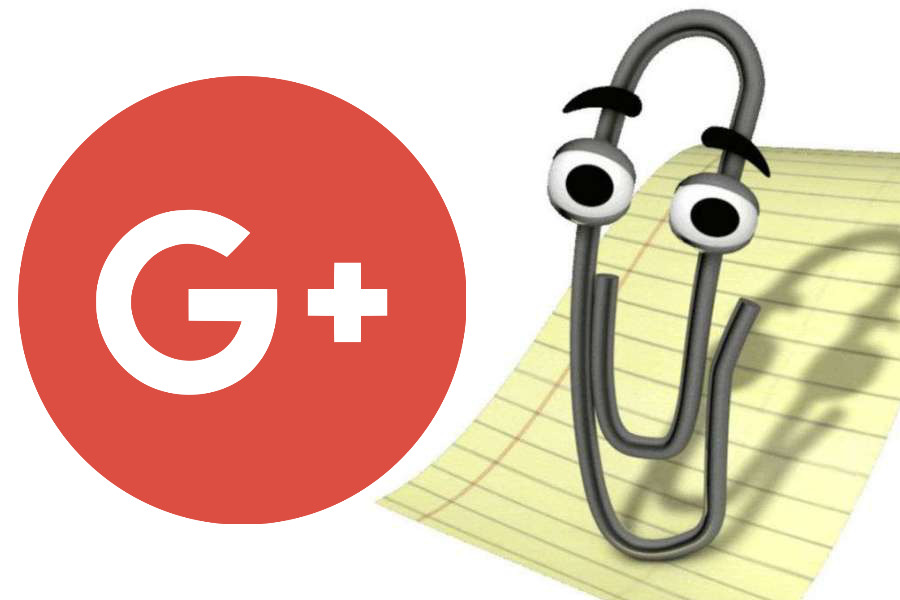
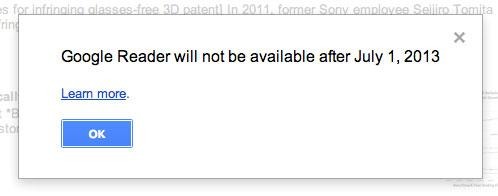
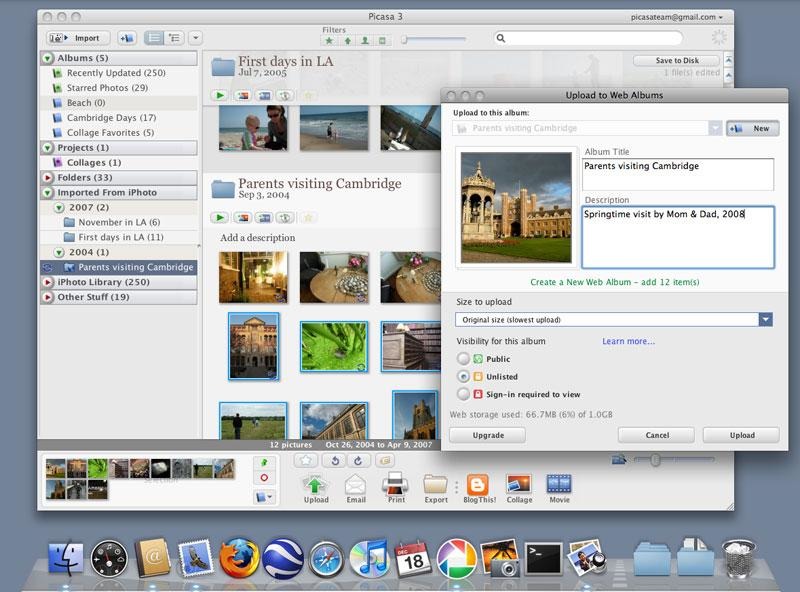
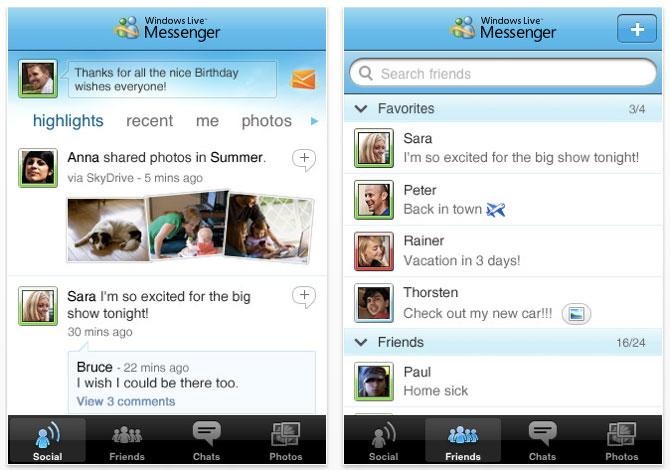
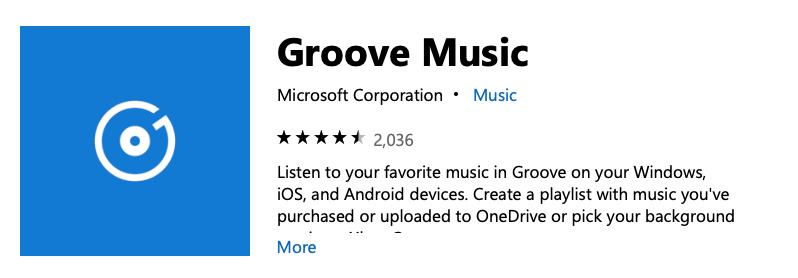
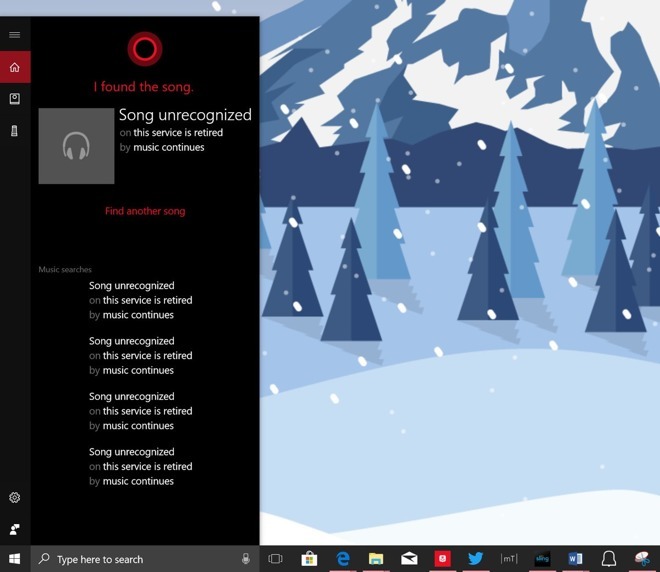
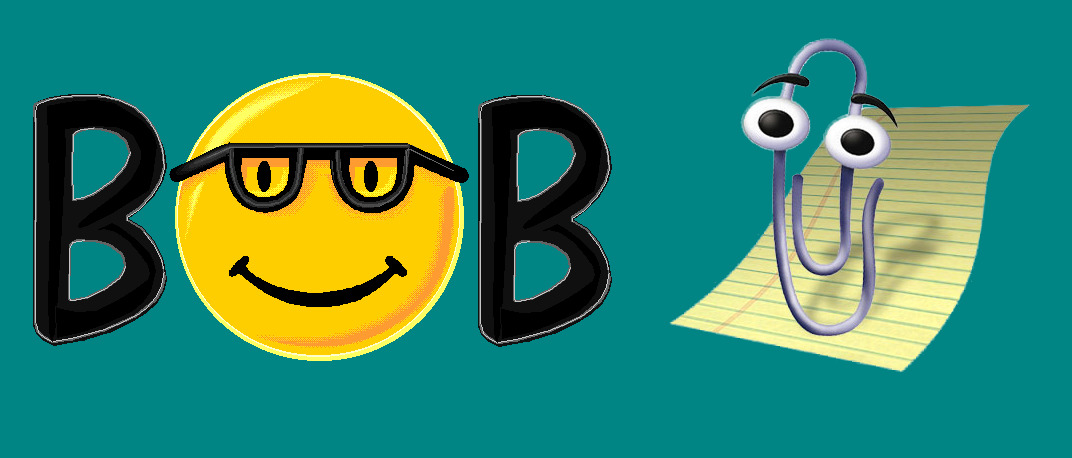
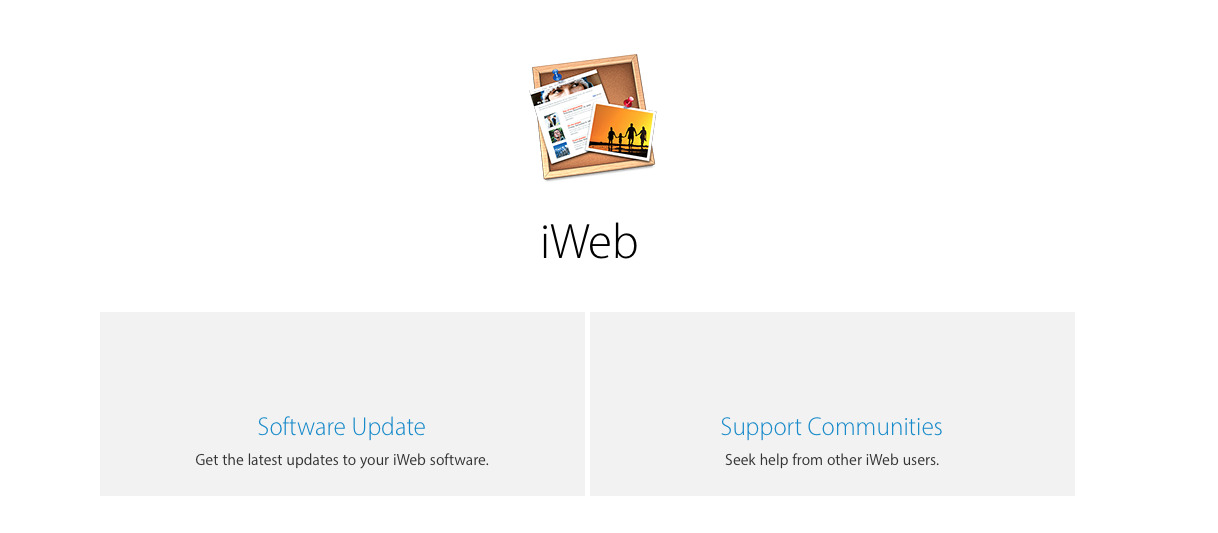












 Andrew Orr
Andrew Orr
 Sponsored Content
Sponsored Content
 Malcolm Owen
Malcolm Owen



 Mike Wuerthele
Mike Wuerthele







